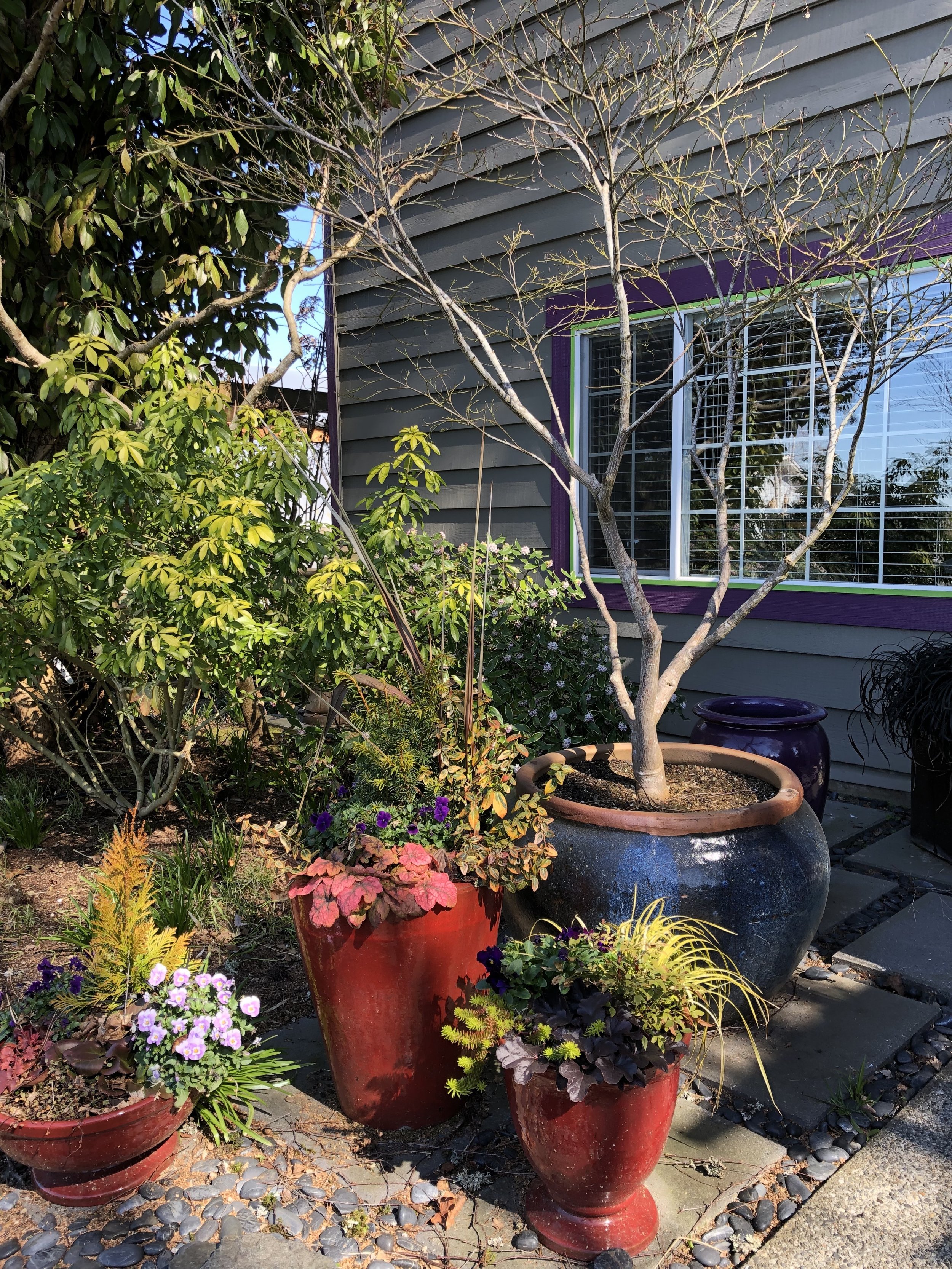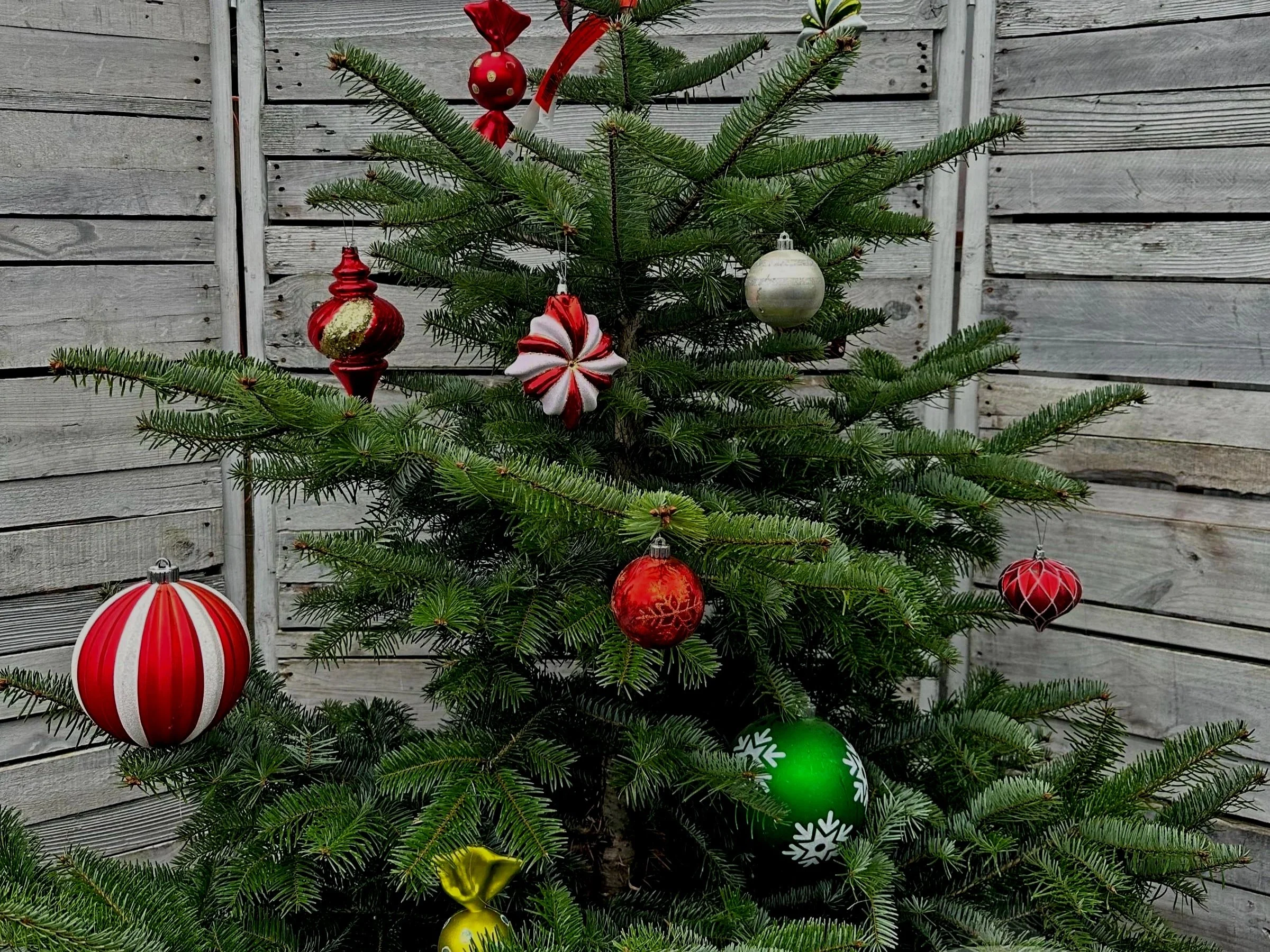Well, are we all feeling a wee bit exhilarated by this fabulous spring (or should I say summer) weather? Are we experiencing a burst of energy and an intense desire to get everything done in the garden in one weekend? Pace yourself! While I did indeed get a ton of work done last weekend - my raised beds are now ready to plant and I limed, mossed, and fertilized my lawn - there are some things we are going to have to wait on, like planting basil, tomatoes, hanging baskets and pruning hydrangeas.
I live by the saying “You can plant year around in the northwest.” I must add however, that what you plant must also be appropriate for that particular time of year. Read my lips, it is too early for basil! On the other hand, you could theoretically stick a tomato in the ground now and while it would pout and probably turn purple, it would not grow until the soil temperature warmed up to at least the 50’s. So why waste the space when you could plant some lettuce or peas, harvest them, and then use that same spot for tomatoes.
This is however a perfect time to plant roses, shrubs, trees, perennials, and even some cold hardy annuals like pansies, snap dragons, calendula, and stocks. Normally, I would say it’s too early to plant a new lawn, but with it being a record 76 degrees this past Monday you might be able to get away with it. Even if you are not planting a new lawn, this is certainly a good time to feed and renovate an existing one. As far as planting new perennials and shrubs, remember my second saying I live by, “There is always room for one more plant.”
My other top of mind concern is assessing winter damage - I need to tell you, that it is going to take several months to figure it all out. My hydrangeas are not looking too good and I am going to have to wait and see where they start to regrow and prune off all the dead wood above that point. That could mean cutting them all the way down to the ground. This could also be true for a lot of deciduous shrubs. Broadleaf evergreens, like rhododendrons, laurels, Fatsia, and Skimmia are showing some winter burn. Again, as the new growth emerges I will cut them back. This process actually stimulates more new growth, so it’s not a bad thing to do. Be sure to apply some extra fertilizer to help support all that replacement growth.
Conifers are harder to tell what is alive and what is dead because the leaves don’t wilt like a rhody. Most evergreens (conifers) that are planted in the ground should be just fine.
Container plants are where the real challenge will be. I left outside lots of large containers of Japanese maples, conifers, mixed perennials, and grasses and if the roots froze on any of these then they will be slow to leaf out, if at all. If evergreens, like Sky Pencil Japanese holly, have root damage they will gradually turn a dull color and eventually drop their leaves. While they might recover later in the summer it’s not worth the wait in my book. Jerk them out and start fresh, life is short.
So it’s a waiting game for finding out how badly things were frozen, but a perfect time to plant season-appropriate plants. Go make it happen.




